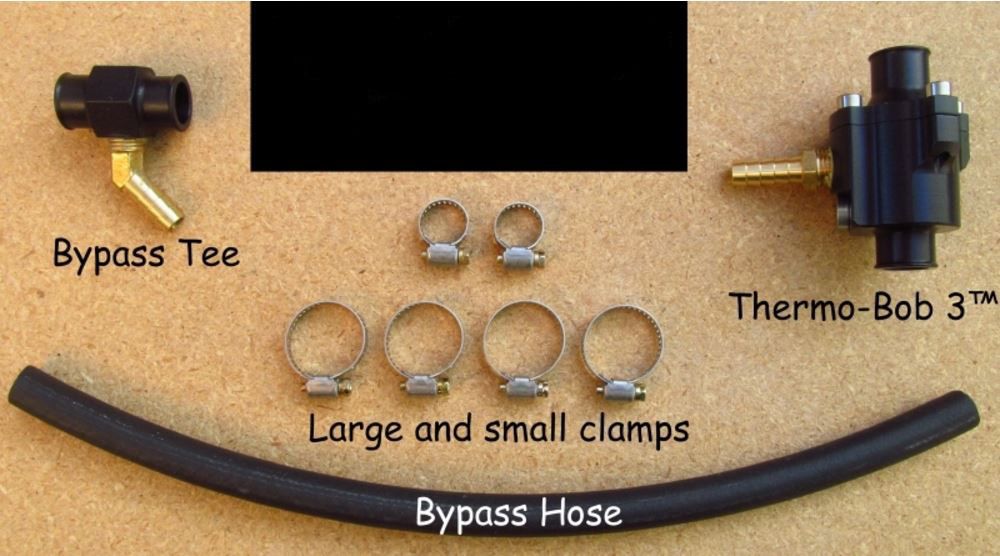Upon further checking some of the bubbling appears to be the coating (what is that stuff?) that has bubbled, but the cracks are kinda scary.
I rode it since seeing that and the temps are normal and the tanks do not leak, for now..... I don't believe the T-stat failed but it's extremely hard to know that for sure. It's working quite normally now. I just don't like any of that aspect of the radiator design, the T-stat or the tanks.
I contacted
Fontana Radiator and they can custom build aluminum header tanks for the original core no problem. To price it they need to see the unit which is understandable. I'll pull the radiator off and make a run out there.
I'm going the aluminum route for durability, both temp and crash. I will be using a Thermo Bob external thermostat. His housings use off-the-shelf T-stats so you can choose what temp you want. The also include an insert for the bypass.



